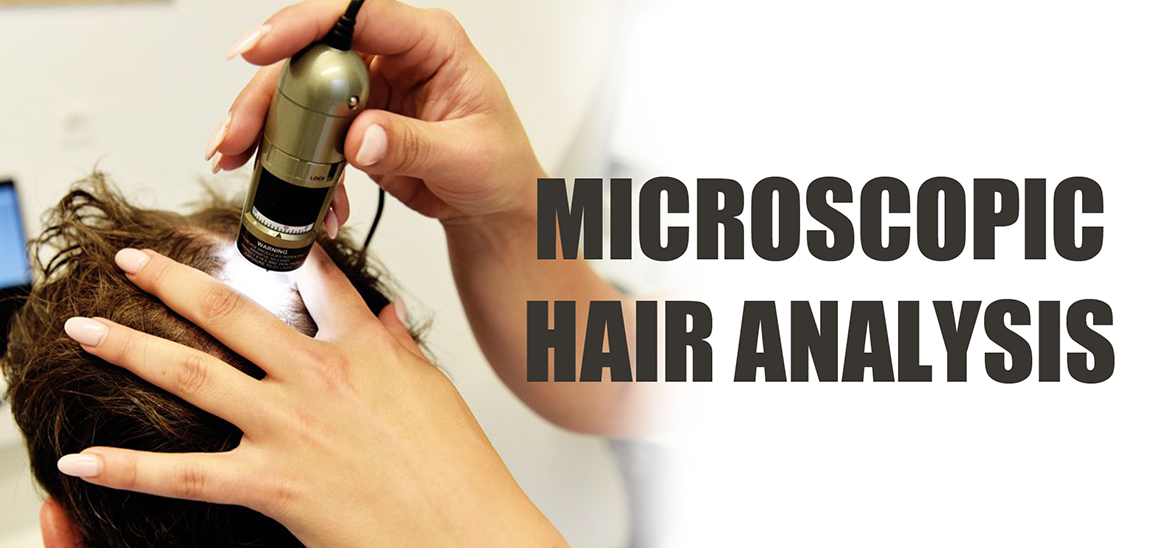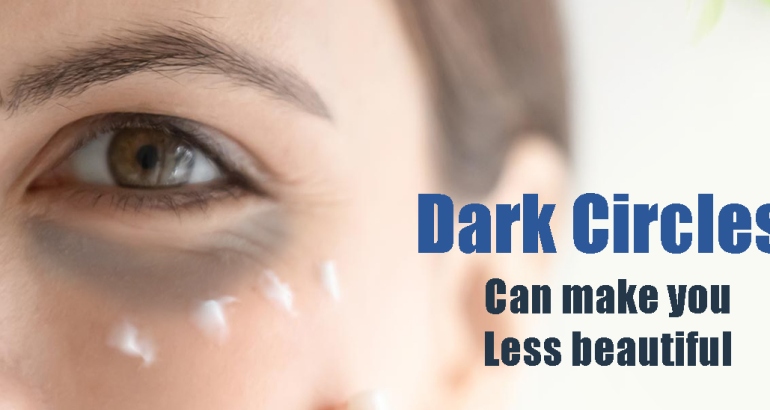Microscopic Hair Analysis
In Skin City, we study the scientific parameters of hair growth to know the extent of hair fall and quality of the scalp. Dermatoscopic examination of the scalp and Anagen -Telogen ratio is assessed by performing a pull test, this gives a broad view of hair health.
A-T ratio is disturbed in various hair fall conditions. Normal A-T ratio is ….
Today, we’ll talk about a slightly more advanced topic of terminal to vellus (T:V) hair ratios. Terminal hairs are thick (big hairs) and vellus hairs are tiny (thin) hairs. The normal ratio is typically between 4:1 and 7:1 in the healthy scalp. A T:V ratio of less than 4:1 is quite typical of a diagnosis of androgenetic alopecia. – See more at: https://donovanmedical.com/hair-blog/tv-ratios-increase-in-cte#sthash.8bKfndlp.dpuf
Hair growth is a cyclical process. After completing the growth cycle, the hair falls out naturally and is replaced by new hair growth, this process goes on. There are basically 3 cycles that each hair follicle has to go through around 20 times in your life. These 3 phases are:
- ANAGEN: Growing Phase – Growth continues for around 3 to 7 years. Hair grows at the rate of half an inch per month.
- CATAGEN: Transitional Phase – Hair goes into transitional phase of 2-4 weeks before going into resting phase.
- TELOGEN: Resting Phase – In the resting phase, which lasts for 3 months, the hair slowly falls out and is replaced by new hair.
There are many factors responsible for hair loss and this differs from person to person. At SkinCity, our specialists offer a thorough diagnosis of the root cause of hair loss:
- Androgenetic Alopecia: It is the most common cause of hair loss in both men and women. A potent male hormone known as DihydroTestosterone (DHT) accumulates in your hair follicle and causes it to shrink and thin out through time. Genetics play a very crucial role in deciding whether you are susceptible to this condition.
- Hypothyroidism and other hormonal problems.
- Scalp infections such as dandruff, fungal infections etc.
- Prolonged illnesses such as typhoid fever, viral fever, post a major surgery, Chemotherapy and some medications, for e.g. Excess of vitamin A.
- Nutritional deficiency of proteins, iron & vitamins.
- Severe stress – emotional or physical.
- Use of substandard hair-care products such as shampoo, dye, hair-gel etc.
- Unhealthy hair treatments and combing practices including hair-styling with heat treatments E.g. Perming & Straightening.


